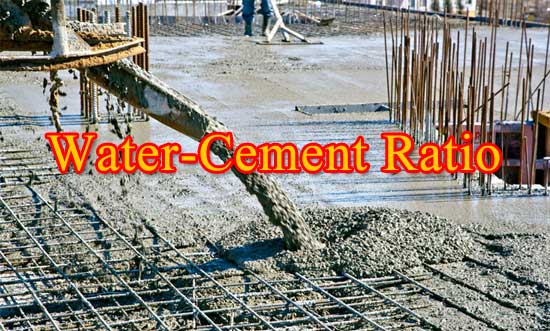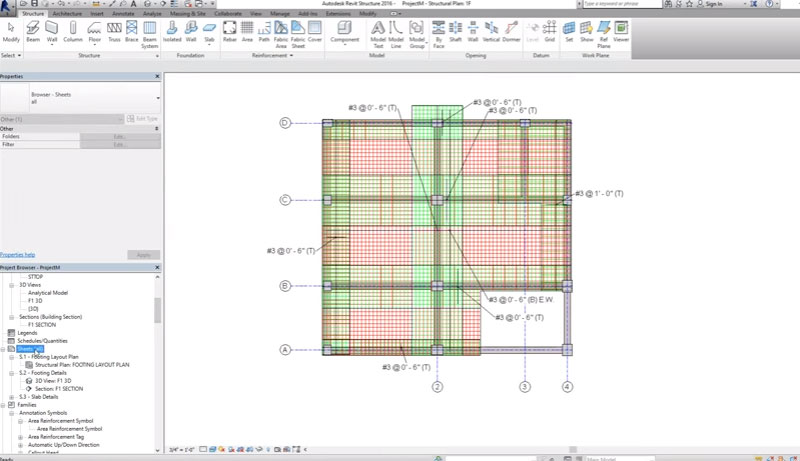How to Define Water Cement Ratio Calculation
The water-cement ratio is the ratio of the volume of water mixed in concrete to the volume of concrete used.
The strength and workability of concrete depend to a great extent on the amount of water used.
For a given proportion of the materials, there is an amount of water which gives the greatest strength.
Amount of water less than this optimum water decreases the strength and about 10 percent less may be insufficient to ensure complete setting of cement.
More than optimum water increases the workability but decrease the strength. An increase in 10% above the optimum may decrease the strength approximately by 15% while an increase in 50% may decrease the strength to one-half.
The use of an excessive amount of water not only produces low strength but increases shrinking, and decreases density and durability.
According to abram’s Water-Cement Ratio law, lesser the water-cement ratio in workable mix, greater will be its strength.
According to Powers, cement does not combine chemically with more than half the quantity of water in the mix.
Water-cement ratio needs to be about 0.25 to complete the hydration reaction. Typical valule of w/c are between 0.35 and 0.40 because they give a good amount of workability without sacrificing a lot of strength.
| PROPORTION | WATER-CEMENT RATIO |
| 1 : 2 : 4 | 0.58 |
| 1 : 1.5 : 3 | 0.51 |
| 1 : 1 : 2 | 0.43 |






